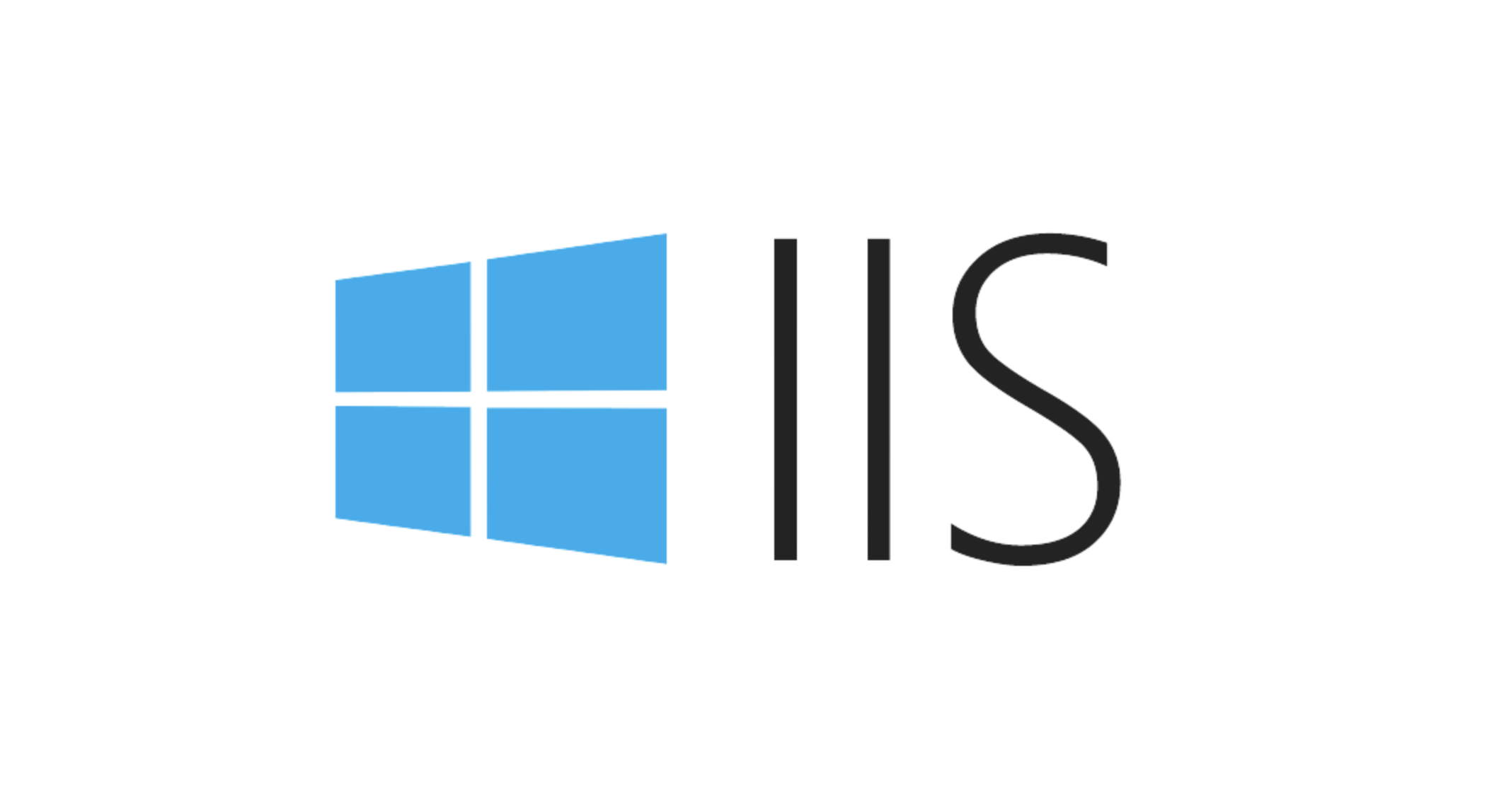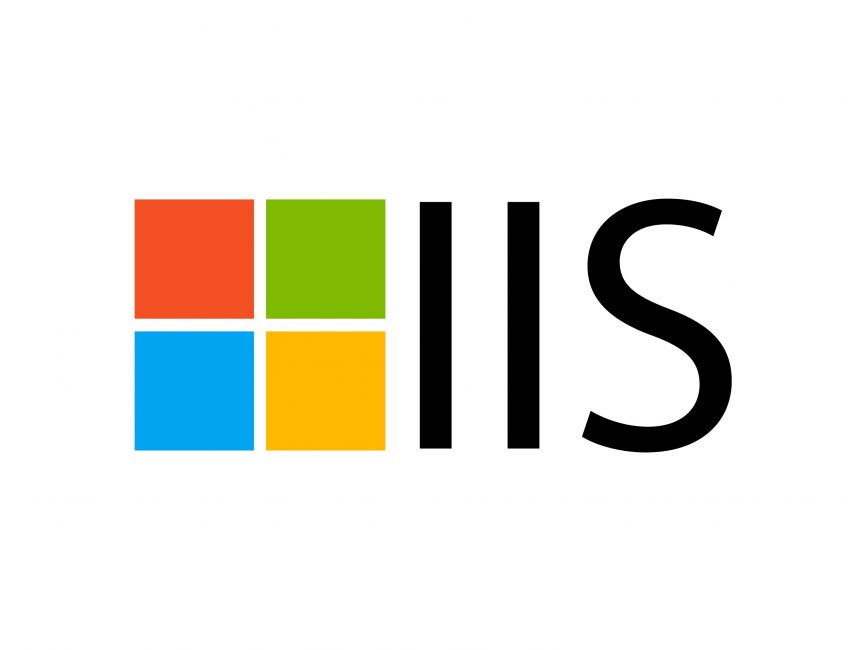How to fix 'HTTP 403 (Forbidden)' with a self-signed certificate in IIS?
Ensure correct HTTPS binding with the self-signed certificate in IIS and verify SSL Settings, setting Client certificates to Ignore unless mutual TLS is required. 2. Install and trust the self-signed certificate by exporting it from IIS and importing it into the Trusted Root Certification Authorities store on the client or server. 3. Check IIS Request Filtering and IP/Domain Restrictions to ensure no rules are blocking access and allow unlisted IP addresses or add specific allow rules. 4. Confirm host headers and SNI are properly configured in the HTTPS binding, use the exact domain name matching the certificate, and update the hosts file if necessary. 5. Verify NTFS permissions by granting Read & Execute access to IIS_IUSRS or the app pool user and ensure Anonymous Authentication is enabled in IIS. 6. Review URL Rewrite rules and custom HTTP errors in web.config that may interfere with requests. 7. Test access from different clients, browsers, or tools like curl with the -k flag to isolate trust issues from authorization errors. The 403 error with a self-signed certificate in IIS is typically caused by configuration issues such as SSL settings, request filtering, or permissions, not the certificate itself, and resolving these settings resolves the error.

The HTTP 403 error with a self-signed certificate in IIS usually occurs not because of the certificate being self-signed, but due to misconfigurations in SSL settings, certificate trust, or request filtering. A 403 Forbidden error means the server understood the request but refuses to authorize it. Here’s how to fix it step by step:

1. Verify SSL Settings in IIS
Even with a self-signed certificate, IIS must be properly configured to allow HTTPS traffic.
- Open IIS Manager.
- Select your site and click Bindings under the Actions pane.
- Ensure there’s an HTTPS binding on port 443 (or custom port) with the correct self-signed certificate selected.
- If the certificate is missing, you may need to assign it again via the binding settings.
Also check:

-
SSL Settings for the site:
- Double-click SSL Settings.
- Make sure Require SSL is set appropriately.
- If Require SSL is enabled but Accept or Require client certificates is checked, and no valid client cert is presented, a 403.7 or 403.16 may occur.
- For testing, try setting Client certificates: Ignore unless you're using mutual TLS.
⚠️ Common mistake: Enabling "Require client certificate" without providing one causes 403.7.
2. Install and Trust the Self-Signed Certificate
A self-signed certificate isn’t trusted by default, which can cause browser-level blocks — but not a 403. However, some internal applications or filters might reject untrusted certs and trigger access denial.

To fix trust issues:
- Export the self-signed certificate from the Server Certificates section in IIS.
- Import it into the Trusted Root Certification Authorities store on the client machine (or server, if accessing locally):
- Run
certlm.msc(for local machine) orcertmgr.msc(for current user). - Go to Trusted Root Certification Authorities > Certificates.
- Import the exported
.cerfile.
- Run
This prevents SSL warnings and avoids potential filter rules that block untrusted SSL.
3. Check IIS Request Filtering and IP/Domain Restrictions
IIS may block requests based on host headers, IP, or URL filtering.
In IIS Manager, select your site.
-
Open IP Address and Domain Restrictions:
- Ensure no rules are denying access (e.g., default deny all without allow rules).
- If the feature is enabled, make sure Allow unlisted IP addresses is set or add explicit allow entries.
-
Open Request Filtering:
- Check if certain file types, URLs, or verbs are blocked.
- Look for any rules that might block the requested path.
4. Host Headers and SNI Conflicts
If multiple sites use HTTPS on the same IP, SNI (Server Name Indication) must be enabled and properly configured.
- In the site’s HTTPS binding, ensure Host Name matches the URL you’re using (e.g.,
test.local). - Check that SNI is enabled in the binding if you’re hosting multiple SSL sites on the same IP.
- Access the site using the exact host header name (e.g., don’t use
https://localhostif the cert is forhttps://myapp.local).
Tip: Add an entry in your
hostsfile (C:\Windows\System32\drivers\etc\hosts) if using a custom domain:127.0.0.1 myapp.local
5. Check NTFS and IIS Permissions
A 403 error can also stem from file system or authentication issues.
- Ensure the application pool identity has read access to the site’s folder.
- Right-click the site folder → Properties → Security.
- Grant Read & Execute to
IIS_IUSRSor the app pool user.
- In IIS, check Authentication:
- Enable Anonymous Authentication (usually uses app pool identity).
- Disable or configure Windows Authentication as needed.
- Make sure no authentication module is blocking access.
6. Check for Custom HTTP Errors or URL Rewrite Rules
Sometimes, a rewrite rule or custom error page can mask the real issue.
- Open URL Rewrite module for the site.
- Temporarily disable rules to see if one is redirecting or blocking HTTPS requests.
- Check
web.configfor any<httpErrors>or<rewrite>sections that might interfere.
7. Test with Different Clients and Browsers
- Try accessing the site from:
- Another machine (to rule out local trust issues).
curlor Postman, which can show more detailed error responses.- Example with curl:
curl -k https://your-site.local
The
-kflag ignores certificate errors. If this works, the issue is certificate trust, not 403.
Summary of Key Fixes:
- ✅ Correct HTTPS binding with self-signed cert in IIS.
- ✅ SSL Settings: Disable "Require client certificate" unless needed.
- ✅ Install self-signed cert in Trusted Root on client/server.
- ✅ Verify host headers, SNI, and bindings match the request.
- ✅ Check IP/domain restrictions and request filtering.
- ✅ Ensure NTFS and IIS authentication permissions are set.
- ✅ Rule out rewrite rules or custom errors masking the issue.
The 403 error with a self-signed cert is rarely about the certificate itself — it's usually a configuration mismatch in IIS access rules or SSL settings. Fix the binding and permissions first, then validate trust separately.
Basically, it's not the self-signed cert causing 403 — it's what you do with it.
The above is the detailed content of How to fix 'HTTP 403 (Forbidden)' with a self-signed certificate in IIS?. For more information, please follow other related articles on the PHP Chinese website!

Hot AI Tools

Undress AI Tool
Undress images for free

Undresser.AI Undress
AI-powered app for creating realistic nude photos

AI Clothes Remover
Online AI tool for removing clothes from photos.

Clothoff.io
AI clothes remover

Video Face Swap
Swap faces in any video effortlessly with our completely free AI face swap tool!

Hot Article

Hot Tools

Notepad++7.3.1
Easy-to-use and free code editor

SublimeText3 Chinese version
Chinese version, very easy to use

Zend Studio 13.0.1
Powerful PHP integrated development environment

Dreamweaver CS6
Visual web development tools

SublimeText3 Mac version
God-level code editing software (SublimeText3)
 Configuring Request Limits and Connection Timeouts in IIS
Jul 08, 2025 am 12:36 AM
Configuring Request Limits and Connection Timeouts in IIS
Jul 08, 2025 am 12:36 AM
To limit the size of client requests, the maxAllowedContentLength parameter can be modified in web.config, such as setting it to 104857600 (100MB), and synchronizing the maxRequestLength of ASP.NET at the same time; to reasonably set the connection timeout time, it can be modified through the IIS manager or appcmd.exe command, with the default of 120 seconds, and the API scenario is recommended to set it to 30-90 seconds; if the request queue is full, you can increase MaxClientConn and QueueLength, optimize application performance, and enable load balancing to relieve stress.
 Configuring HTTP Response Headers for Caching and Security in IIS
Jul 07, 2025 am 12:23 AM
Configuring HTTP Response Headers for Caching and Security in IIS
Jul 07, 2025 am 12:23 AM
Configuring HTTP response headers in IIS to optimize cache and improve security can be achieved by setting cache-related headers and adding security response headers. 1. Set cache-related headers: By configuring the clientCache element in the web.config file, set the Cache-Control and Expires headers for static resources, for example, use cacheControlMaxAge to specify the cache time, and fine-grained control can also be performed for specific file types (such as .jpg), but avoid HTML page caching for too long. 2. Add security-related headers: Configure X-Content-Type-Optio through customHeaders in web.config
 Configuring Directory Browsing Permissions and Behavior in IIS
Jul 10, 2025 pm 02:08 PM
Configuring Directory Browsing Permissions and Behavior in IIS
Jul 10, 2025 pm 02:08 PM
ToenableandcustomizedirectorybrowsinginIIS,firstinstallandenabletheDirectoryBrowsingfeatureviaServerManagerandIISManager;next,customizetheappearanceusingheaderandfooterHTMLsnippets;thenconfiguredefaultdocumentstopreventunintendeddirectorylistings;fin
 Configuring Shared Configuration for Multiple IIS Servers in a Web Farm
Jul 11, 2025 am 01:50 AM
Configuring Shared Configuration for Multiple IIS Servers in a Web Farm
Jul 11, 2025 am 01:50 AM
SharedconfigurationinIISallowsmultipleserverstouseacentralizedapplicationHost.configfile,ensuringconsistencyacrossawebfarm.1.Itenablesallserverstopointtoasharedconfigurationlocation.2.SetupinvolvesusingaUNCpath,enablingthefeatureinIISManager,andimpor
 Configuring Authentication Methods (Windows, Forms, Basic) in IIS
Jul 09, 2025 am 12:51 AM
Configuring Authentication Methods (Windows, Forms, Basic) in IIS
Jul 09, 2025 am 12:51 AM
Windows authentication is suitable for internal applications and is automatically authenticated through domain accounts; the steps are to open IIS Manager, select a site, enable Windows authentication, and ensure HTTPS is used. Forms authentication is suitable for custom login pages. You need to configure the login URL and timeout time in web.config, and develop a login page to verify users, encrypt your password and use HTTPS. Basic authentication is lightweight but not secure. It is only used when HTTPS is enabled. It needs to be enabled in IIS and cooperate with local or domain accounts. Password leakage is often caused by ignoring HTTPS.
 Managing MIME Types for Specific File Extensions in IIS
Jul 08, 2025 am 02:07 AM
Managing MIME Types for Specific File Extensions in IIS
Jul 08, 2025 am 02:07 AM
MIME type is a mechanism by which the server identifies file content types, and missing or incorrect configuration can cause resource loading to fail. There are two main ways to manage MIME types with specific extensions in IIS: 1. Add or modify them through the IIS manager graphical interface; 2. Configure in the web.config file. Common MIME types that need to be added manually include .webmanifest, .woff2, .svg, .mp4 and .pdf. Notes include inheritance issues, IIS version differences and browser cache impact. Proper configuration is essential to ensure that modern web resources are loading properly.
 Using appcmd.exe for IIS Command-Line Administration Tasks
Jul 14, 2025 am 01:11 AM
Using appcmd.exe for IIS Command-Line Administration Tasks
Jul 14, 2025 am 01:11 AM
appcmd.exe is a command line tool that comes with IIS7 and above, which can be used to efficiently manage IIS. 1. Can be used to manage sites and applications, such as starting and stopping sites (such as appcmdstopsite/site.name:"MySite"), list running sites, and add or delete applications. 2. Configurable application pools, including creating (appcmdaddapppool/name:MyAppPool), setting .NETCLR version (appcmdsetapppool/apppool.name:MyAppPool/managedRuntimeVersion:v4
 Troubleshooting Issues Arising After Applying Windows Updates on IIS Servers
Jul 16, 2025 am 01:27 AM
Troubleshooting Issues Arising After Applying Windows Updates on IIS Servers
Jul 16, 2025 am 01:27 AM
Frequently asked questions about IIS servers after Windows update can be solved through the following steps: 1. If the IIS service cannot be started, check the service status and event log, try to restart the service or re-register/install IIS; 2. When the application pool crashes abnormally, check the application log, confirm the .NET version and permission settings, try to reset the identity or use the built-in account; 3. When the website has HTTP500 errors or blank pages, enable detailed error information, check the module configuration, and test the location problem through local browsing and simple pages; 4. When SSL binding or certificate fails, verify the binding configuration, certificate trust and private key permissions, detect port conflicts, and use tools to test the SSL connection, and rebind the certificate or update the root certificate if necessary.







